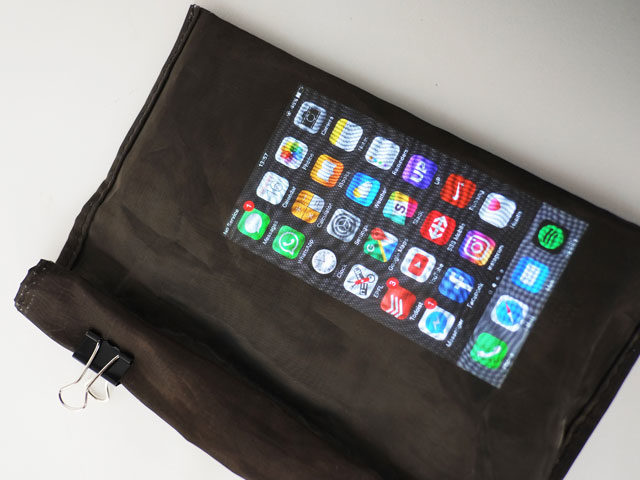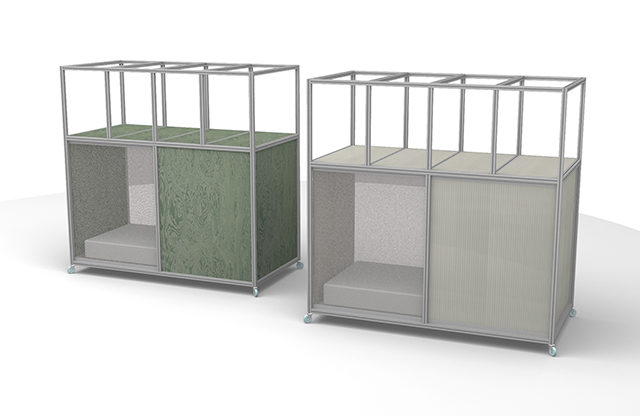By exploring ways of using architecture to address the needs of a society tethered to digital technologies, Mathieu Bujnowskyj’s partnership with mentor Phillippe Rahm is inciting questions on the discourse of the discipline itself.

From WiFi to 3G, from the cloud to our constant attachment to smartphones, everything and everyone is perpetually connected. As part of his Forecast mentoring relationship with Phillippe Rahm, Mathieu Bujnowskyj has been examining the notion of designing privacy with built objects in an age in which everything is becoming public.
What’s truly unique in his Forecast project is his pragmatic approach of prioritizing adaptation above fear. “Philippe encouraged me not to take the easy road and promote paranoid designs,” Bujnowskyj explains. Instead, he has adopted a post-critical stance towards his designs.

Through his work with Rahm, the architect has realized that “objects in space can become powerful behavioral triggers.” He evolves beautiful and practical pieces of furniture, originally developed to offer rest and relaxation, to protect the user from electromagnetic signals. Traditional or virtual, everything is intertwined.
“My project operates at the intersection of architecture, material engineering, and information technology.” Aspects that might appear purely practical—the choice of material, for instance—can profoundly shape and define what he describes as “re-contextualizing the history of architecture.” One of Rahm’s greatest impacts as a mentor has been to help Bujnowskyj realize that “the way you communicate your product will shape its legacy and function in the minds of future users.”
At this stage, Bujnowskyj and Rahm agree that the project’s future looks good. Forecast is enabling both mentor and mentee to understand “how architecture can change, become more beautiful or exciting” by working within a kind of post-digital glow.

Photos: Mathieu Bujnowskyj
Sponsored by:

